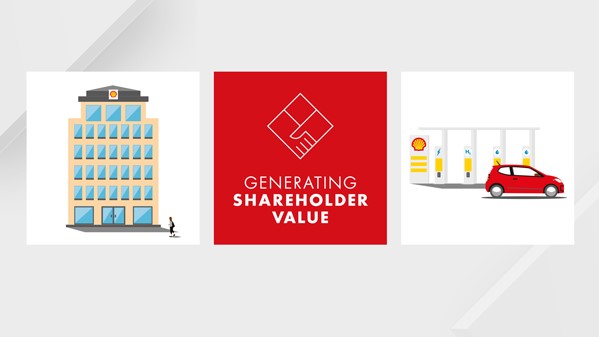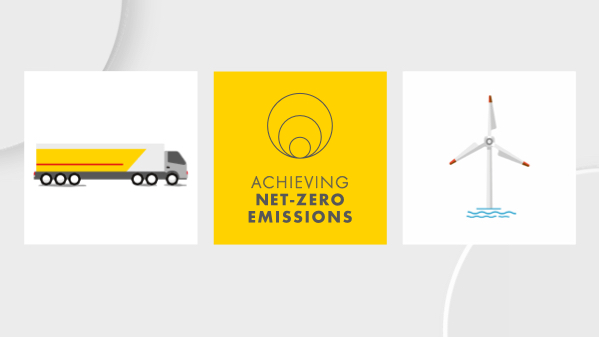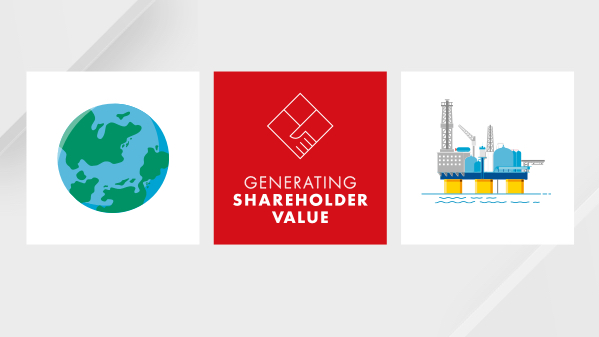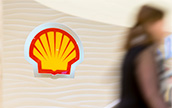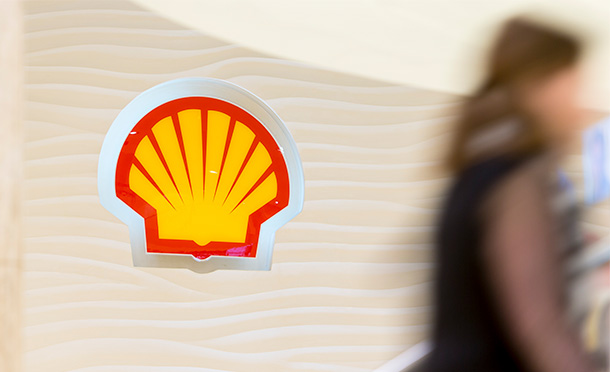Upstream
|
|
$ million, except where indicated |
|||
|---|---|---|---|---|---|
|
2021 |
2020 |
2019 |
||
Segment earnings/(loss) |
9,694 |
(10,785) |
3,855 |
||
Including: |
|
|
|
||
Revenue (including inter-segment sales) |
45,487 |
28,330 |
45,217 |
||
Share of profit of joint ventures and associates |
632 |
(7) |
379 |
||
Interest and other income |
4,602 |
542 |
2,180 |
||
Operating expenses [A] |
10,604 |
10,983 |
11,582 |
||
Underlying operating expenses [A] |
10,362 |
10,227 |
11,284 |
||
Exploration |
1,296 |
1,136 |
2,073 |
||
Depreciation, depletion and amortisation |
13,539 |
23,119 |
16,881 |
||
Taxation charge/(credit) |
6,100 |
(467) |
5,878 |
||
Identified Items [A] |
1,745 |
(7,933) |
(598) |
||
Adjusted Earnings [A] |
7,950 |
(2,852) |
4,452 |
||
Adjusted EBITDA (CCS basis) [A] |
27,358 |
13,247 |
27,034 |
||
Capital expenditure |
6,378 |
6,911 |
10,003 |
||
Cash capital expenditure [A] |
6,269 |
7,296 |
10,205 |
||
Oil and gas production available for sale (thousand boe/d) |
2,240 |
2,424 |
2,691 |
||
|
|||||
Overview
Our Upstream business explores for and extracts crude oil, natural gas and natural gas liquids. It also markets and transports oil and gas, and operates infrastructure necessary to deliver them to market.
Business conditions
Brent crude oil, an international benchmark, rebounded in 2021, supported by stronger demand and moderate supply growth. Brent traded between $50 per barrel (/b) and $86/b in 2021, ending the year at around $77/b and averaging $71/b for the whole year. This was about 70% higher than in 2020.
Global oil product demand rose by 5.6 million barrels per day (b/d) in 2021 to 97.4 million b/d, after a sharp drop of around 8.5 million b/d in 2020, according to the IEA. The rebound was supported by successful vaccine roll-outs, especially in developed economies such as the USA, UK and EU. Road mobility has largely returned to pre-pandemic levels, with COVID-19 travel restrictions being lifted and more people switching from public transport to cars. Air travel has begun to recover, but is still around 20-30% below pre-pandemic levels. This is probably attributable to remaining cross-border travel restrictions and public hesitancy about air travel during a global pandemic. Mirroring the broad economic recovery, demand for naphtha, LPG and ethane also picked up.
Global demand for natural gas rose by an estimated 4.6% in 2021, after the COVID-19 pandemic caused consumption to decline by around 1.2% in 2020, according to the IEA. The 2021 rate represents a return to around the historical norms of growth for gas, and is roughly the same as the pre-pandemic growth rate of 2019. The revival of economic growth underpinned the industrial uptake of gas, especially in China. Underperformance of hydroelectric output in China and South America as well as weak renewables generation in Europe drove incremental power demand for gas. Colder-than-normal winters and hotter-than-usual summers also produced higher-than-expected demand for gas from commercial and residential users. Reduced supply from a number of sources led to shortages and record high prices for gas and LNG globally.
European gas prices rose to unprecedented levels by the middle of 2021, with the average Dutch Title Transfer Facility (TTF) price more than five times that of 2020. The TTF price reached a peak of almost $60 per million British thermal units (MMBtu). TTF and European spot gas hub prices broke above oil parity by the third quarter and continued well above that level for the rest of the year. Prices were supported by an extended heating season that left gas storage at a deficit coming out of winter and prompted fears of scarcity as indigenous production slumped and pipeline and LNG imports were restrained. Record coal and carbon prices also contributed to the price surge.
In the USA, Henry Hub prices are expected to moderate from 2021 as production increases in response to higher gas prices as well as oil prices (which support associated gas production in the Permian basin). But upward pressures on gas prices are also expected as LNG exports, Mexico pipeline exports and economic growth stimulate demand.
See “Market overview”.
Production available for sale
In 2021, production was 818 million boe, or 2,240 thousand boe/d, compared with 887 million boe, or 2,424 thousand boe/d in 2020. Liquids production decreased by 5% and natural gas production decreased by 13% compared with 2020.
The decrease in production was mainly caused by divestments in Canada, Egypt and the USA, higher maintenance most significantly in Nigeria and the UK, and the effects of production-sharing contracts (PSCs) which were especially notable in Malaysia and Kazakhstan.
Oil production declined by around 8% from 2019 to 2021. Excluding the impact from the Permian divestment, oil production is expected to decrease on average by 1-2% a year until 2030.

